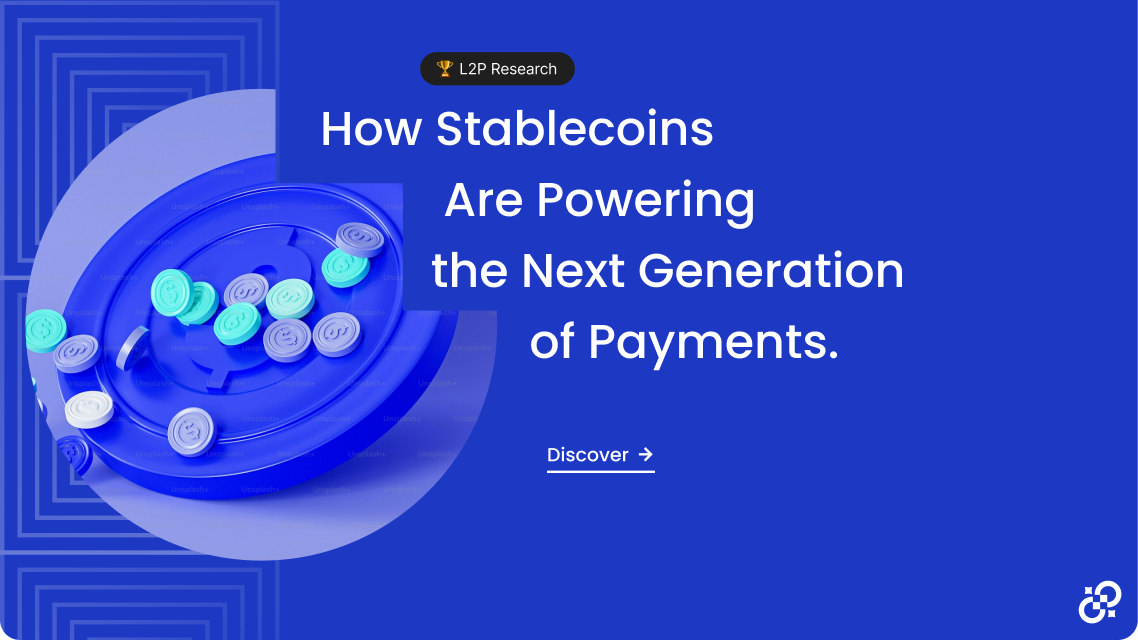Beyond the crypto hype, a new form of digital cash is quietly rewiring the global economy, promising a future of instant, borderless, and secure transactions.
For decades, the plumbing of global finance has remained largely unchanged. It is a complex network of systems built for a pre-internet era, defined by banking hours, national borders, and settlement delays that can stretch for days. While the world accelerated, money remained slow. Today, that is finally changing. A new financial infrastructure is being laid, and its foundation is the stablecoin—a form of digital money that combines the trust of fiat currency with the unparalleled efficiency of the blockchain.
At its core, a stablecoin is a digital token engineered to hold a steady value, typically by being pegged one-to-one with a major currency like the U.S. dollar. This simple innovation solves the volatility that has hindered cryptocurrencies from becoming a reliable medium of exchange. But its true significance lies in what it enables. By operating on blockchain rails, stablecoins are transforming payments from a fragmented, multi-step process into a single, instantaneous transfer of value.
This isn't a niche phenomenon; it's a financial movement reaching critical mass at an explosive rate.
The total value of all stablecoins in circulation.
The Dissolution of 'Banking Hours'
The most profound shift is the dissolution of time constraints. Traditional finance operates on a 9-to-5, weekday schedule. Stablecoins operate 24/7/365. This move to an always-on settlement system is a paradigm shift for global business. It means a manufacturer can pay an international supplier on a Saturday night and the funds will arrive in minutes, not mid-way through the following week. For an e-commerce platform, revenue becomes available the moment a sale is made, dramatically improving cash flow and operational agility. This is the bedrock of a truly real-time global economy.
Rewriting the Economics of Commerce
Beyond speed, stablecoins are fundamentally rewriting the economics of accepting payments. The legacy system relies on a chain of intermediaries—banks, card networks, processors—each taking a fee, which typically costs merchants 2-3% of their revenue. Stablecoins, by enabling a more direct transfer of value, bypass much of this costly infrastructure.
This new model attacks two of the biggest pain points for any business. First, it drastically reduces transaction costs, allowing merchants to keep more of their revenue. Second, it solves the digital merchant’s persistent nightmare: chargeback fraud. Because blockchain transactions are irreversible and final, the risk of a customer making a purchase only to fraudulently dispute the charge later is completely eliminated. This concept of payment finality provides businesses with a level of security and revenue predictability that was previously unattainable in the digital world.
Bridging Potential with Practicality
This potential, however, comes with a caveat: interacting directly with blockchain technology is complex. For the average business, managing cryptographic wallets and navigating different networks presents a significant barrier. How does a growing e-commerce store or a SaaS platform tap into this power without becoming blockchain experts?
This is where the new generation of payment infrastructure comes in. Platforms like Lynk2Pay function as the essential operating system for this new economy, abstracting away the underlying complexity. Through powerful APIs, simple e-commerce plugins, or even no-code Payment Lynks, they provide the tools for any business to start accepting global crypto payments seamlessly.
This infrastructure handles the critical functions—allowing customers to pay in any token while the merchant receives their preferred stablecoin, ensuring instant settlement directly to a self-custody wallet, and providing a clean, user-friendly checkout experience. In short, these platforms make the power of stablecoin payments accessible, turning a revolutionary technology into a practical business tool.
At the current rate of growth, daily transaction volumes using stablecoins could reach at least $250 billion in the next three years
This would rival the daily volume of major global payment networks, solidifying stablecoins as a primary rail for commerce.
The Inevitable Future
The transition to a digitally native financial system is no longer a distant vision; it is happening now. While regulatory frameworks continue to evolve, the efficiency, security, and global nature of stablecoin payments present a compelling case for adoption that is too significant to ignore.
For businesses, the question is shifting from if they should embrace this change to how they can best leverage it. The rails of the new economy are being laid, and the businesses that get on board today, with the help of the right infrastructure partners, will be the ones who define the commerce of tomorrow.
